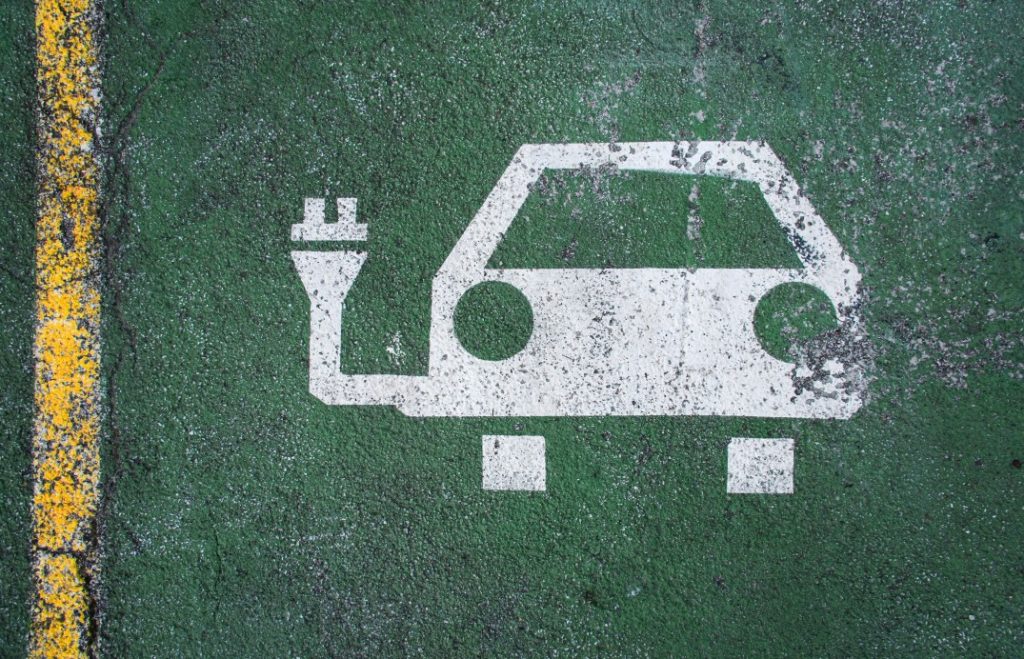
We could already all drive electric cars if they’d won the infrastructure war
Lessons from the 1900s are relevant to today's conversations about decarbonising transportation.
The task of greenifying transport sits near the top of the to-do list for many of those who are currently pondering how the world can tackle climate change. Transport is a big carbon emitter: it is behind 27 percent of the UK’s CO2 emissions. The vast, vast majority of that carbon comes from one specific type of transport: cars. (These figures do not include non-domestic flights.)
When it comes to carbon-heavy activities, environmental policy is often channelled into three broad areas: reduction, refinement and replacement. Reduction, obviously, would mean using your car less. Refinement means keeping the status quo but making it more efficient, either while being used or while being manufactured. (Fuel-efficient engines would be an example.) And replacement would be swapping your fossil-fuel-guzzling car for a lower-carbon alternative. That could mean taking public transport. It could mean electric cars.
It is this last option, replacement, that many countries are particularly focusing on. Indeed, the UK has decreed that all new vehicles sold there must be electric by 2030. The reason is probably because there could be significant economic and social costs to pushing people to use significantly less domestic transport. After all, people use it to get to work, go shopping, go on holiday, and spend time with loved ones. Politically, getting people to switch to a different type of vehicle is also likely to be an easier ask, especially if it confers individual benefits. Electric cars usually have lower maintenance and running costs, for example. Plus, avoiding fossil fuels may be appealing for non-green reasons if the recent petrol shortages and price climbs foreshadow future problems.
However, electric cars also have some big disadvantages: they cost more to buy upfront, they require smoother roads, and their driving range (how far you can get before the car runs out of juice) is lower. Rejuicing an electric car is also much more of a faff. Recharging a battery requires a long wait time (usually several hours) compared to the refill-and-go model of a petrol or diesel tank. There’s also concern about the number of charging points available - although their number is growing, Britain’s competition regulator says their number will need to increase tenfold by 2030 if the supply is to keep up with the growing demand.
Moreover, all of these problems are likely to be particularly sticky for people who are more socioeconomically vulnerable. They are less likely to be able to afford the initial higher cost, and also more likely to have the sort of jobs where getting stuck with a dead battery means financial consequences, like a day’s loss of pay or even firing.
As electric cars become more popular, costs, driving range and wait time are all likely to improve, because car companies will have a financial incentive to produce products that will give them the edge over their competitors. (In fact, this has already been happening for several years). The government could also financially nudge people’s choices by offering subsidies for electric cars and/or increasing tax on petrol and diesel ones. However, a look back at motoring history suggests that if the UK does not get the correct infrastructure (that’s the physical things the cars need, like roads and charging points) in place, electric cars will struggle to take off.
In the 1900s electric cars in places like America were popular, often more so than the noisier, dirtier petrol ones. They were also the same price. But petrol cars had one big advantage: their drivers could happily whizz all over the country, because their cars could handle most roads and because many stores stocked petrol, which was already used for other equipment. Electric cars could only go where there was electricity and smooth roads. This handicap gave petrol cars an edge.
That edge soon snowballed, because the more petrol cars there were around, the more sense it made for entrepreneurs to set up businesses that served them (like petrol stations) and the less commercial incentive they had to serve electric car drivers. That in turn made choosing electric less appealing to new car buyers. One research paper predicts that had infrastructure creation gone the other way and favoured electric cars, 71 percent of American cars would have been electric by 1920, and carbon emissions 44 percent lower.
If the UK presses ahead with its electric car plans, they may want to learn the lesson, especially as the financial incentives private businesses need to create the required scale of infrastructure may still not be present. For example, the electric car company Tesla does not currently allow non-customers to use the thousands of UK ‘superchargers’ it has built (although it is piloting opening a few up to general use in the Netherlands). The UK government may therefore need to take on the responsibility for creating the infrastructure itself.
Read our explainer on: the environment and the economy.



